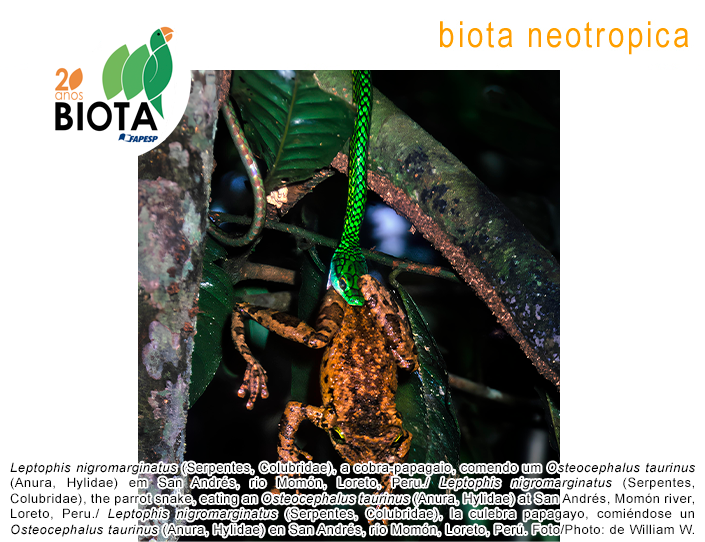Records of the invasive sun coral Tubastraea and migration offshore-onshore in an estuarine zone of northeastern Brazil
Abstract
Abstract: Invasive corals of the genus Tubastraea exhibit early maturity, rapid growth, and plasticity regarding the substrate they use, which has enabled the genus to quickly become successful and expand its non-native range. For the state of Sergipe there are 23 records of Tubastraea spp. on oil platforms; here we report the first records of the sun coral T. coccinea on the coast in the estuarine zone of the Vaza-Barris River, expanding its invasive range from offshore to onshore. Contaminated oil platforms, vessels, and shipwrecks may have provided a pathway as vectors, acting as stepping stones that connect oceanic regions to the coast. Dispersal may also occur through currents responsible for transporting organisms from the continental shelf to the coast, although this seems unlikely. Thus, we reinforce the importance of constant monitoring of vectors and the coast to minimize the adverse effects of invasive corals on native fauna.Published
2024-01-01
How to Cite
Sales-Santos, V. G., Hirose, G. L., Lima, S. F., Creed, J. C., & Brito, M. F. (2024). Records of the invasive sun coral Tubastraea and migration offshore-onshore in an estuarine zone of northeastern Brazil. Biota Neotropica, 24(3). Retrieved from https://www.biotaneotropica.org.br/BN/article/view/2079
Issue
Section
Short Communications
